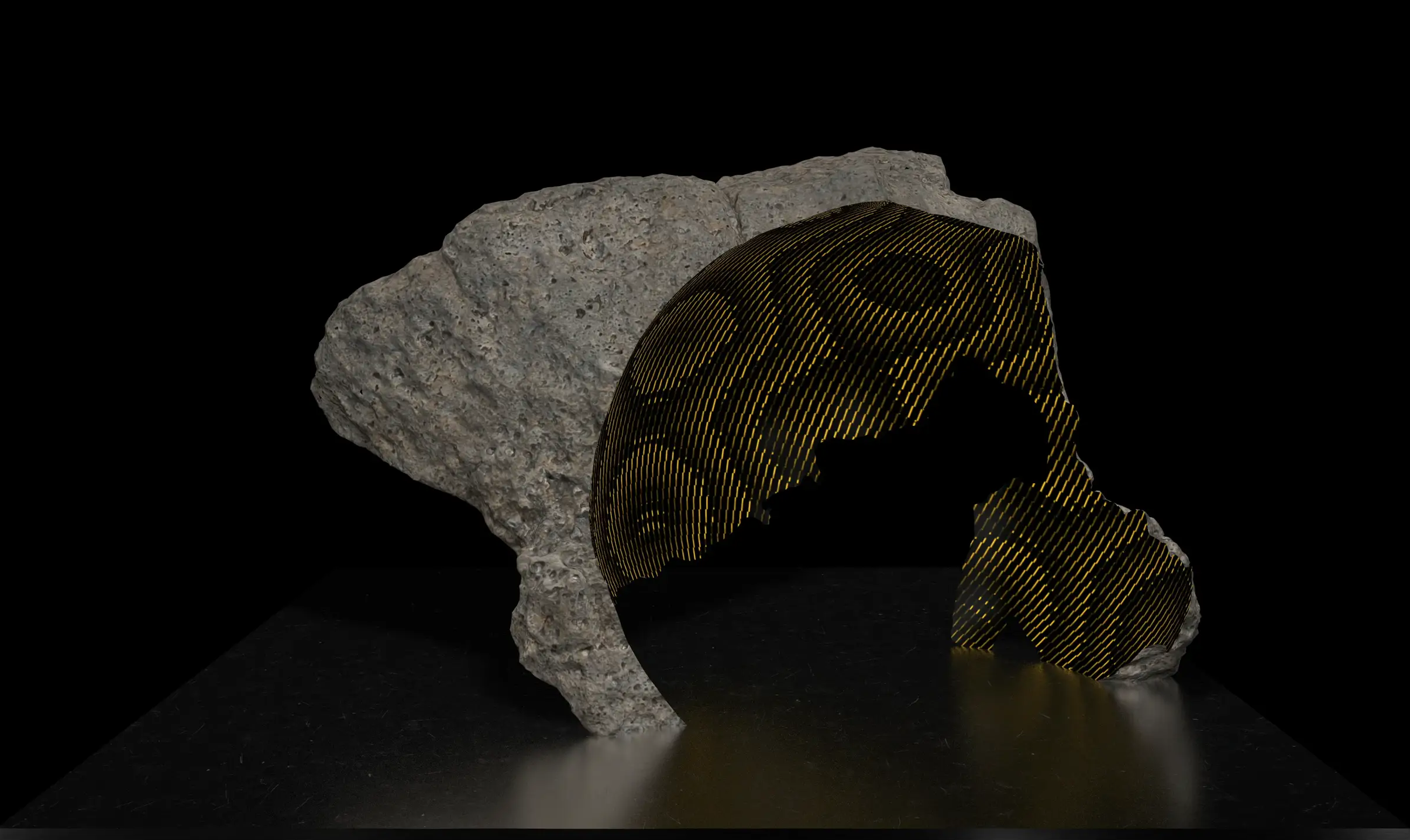
Here, on the lithosphere, where the earth meets the sky, there exists a long history of how rocks and stones can be seen as images and can be read as texts. A multitude of worlds has been interpreted through surfaces of stones as they depict worlds.[1] Imaginary or not, they reflect historical events — a vertiginous array of scales, landscapes, and — sometimes — ruined cities. But they also include abstract forms and lines that offer geological points of origin for questions, including those of art and aesthetics. From the poetics of stones to the geological, we are nowadays more likely to count, classify, and catalogue than romanticise: geological surfaces and stratifications are measured and mapped such as in the cartographic codes for lithographic patterns. From sandy and silty dolomite to sandstone and shale, quartzite and granite to igneous rock the surface and subsurface are a slowly-unfolding inscription of different minerals.
